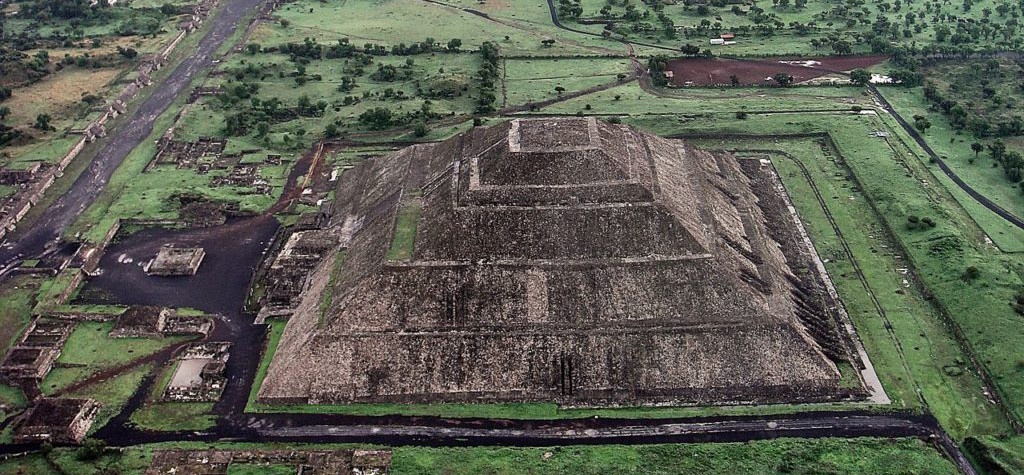At the end of last year Mexico reached 220 MW of distributed generation solar projects in Mexico, according to calculations by Conermex based on data from the nation’s Secretary of Energy (SENER). The company estimates that more than 100 MW of solar was added in this sector last year, and already at the end of 2015 the cumulative capacity was around 114 MW.
For 2017, Conermex estimates that distributed PV installations will double. Currently, it forecasts a growth in the nation of 240 MW of distributed generation in 2017, and with this at the end of the year 460 MW will be achieved.
The volume of installations also doubled last year, with 8,000 systems registered at the end of 2015, to reach 16,000 installations a year later. For this year, Conermex predicts that the volume of installations will again double.
Conermex highlights in a press statement that the new distributed generation regulation should lead to the development of new business models in this segment. The Director General of the organization Carlos Flores Macías says that this is leading to the rise of solar leases and the sale of energy.
“These companies do not require a down payment to install panels on the roof of your house, (instead) the consumer/user rents the panels or pays for the electricity, at a price 10% or 20% lower than the rates of CFE,” says Carlos Flores Macías.
Conermex points to other factors for the growth of this segment this year, including an increase in the price of electricity for high consumption users. The company says that the Domestic Consumer Rate (DAC) increased 25% last year and that it will continue to rise.
Conermex also highlights lower component prices, noting that the prices of inverters and PV modules “declined as much as 30% as China slowed its growth in PV module installation in mid-2016, sparking international prices.”
Due to the increase in the DAC rate since December 2015, Conermex estimates that the return on investment of PV installations decreased from five to four years. There are also opportunities due to the OM tariff in the small industrial and commercial sectors, which increased 45% in the last 13 months.
“With this trend of increase in prices, by the end of 2017 PV systems for medium voltage installations will be very profitable,” added Flores Macías. “There are almost four million electricity customers in small industry and businesses who will be candidates to install solar panels and obtain significant savings.”
Conermex highlights that the new rules of distributed generation introduced this month imply that instead of the single contract model as before, there are now three. The net metering program is maintained, and in addition net billing models are introduced, under which the user meets their own consumption and sells the electricity generated to state utility CFE. Finally there is the net sales model, under which the producer simply sells electricity to CFE.
Translated by / traducido por Christian Roselund. Para leer el original en Español, por favor vea el sitio del web pv magazine Latinoamérica.
This content is protected by copyright and may not be reused. If you want to cooperate with us and would like to reuse some of our content, please contact: editors@pv-magazine.com.



Just a question, if I may
In mexico, DAC increased 25% in 2016 alone?
This is correct information? If so, this can be understood as the government strongly putting emphasis on implementing renewables. Conversely, what are the alternatives for existing high comsumption users if DAC was to increase sharply years on?
From January 2017 to February 2017 the high consumption DAC rate increased by 3.8%, according to a CFE`s press release dated the 1st of February 2017 (http://saladeprensa.cfe.gob.mx/boletines/show/8412/). CFE notes in that increases in the DAC rate, the industrial rate and the commercial rate are related to the increase of the price of fossil fuels to generate electricity.
Buen trabajo